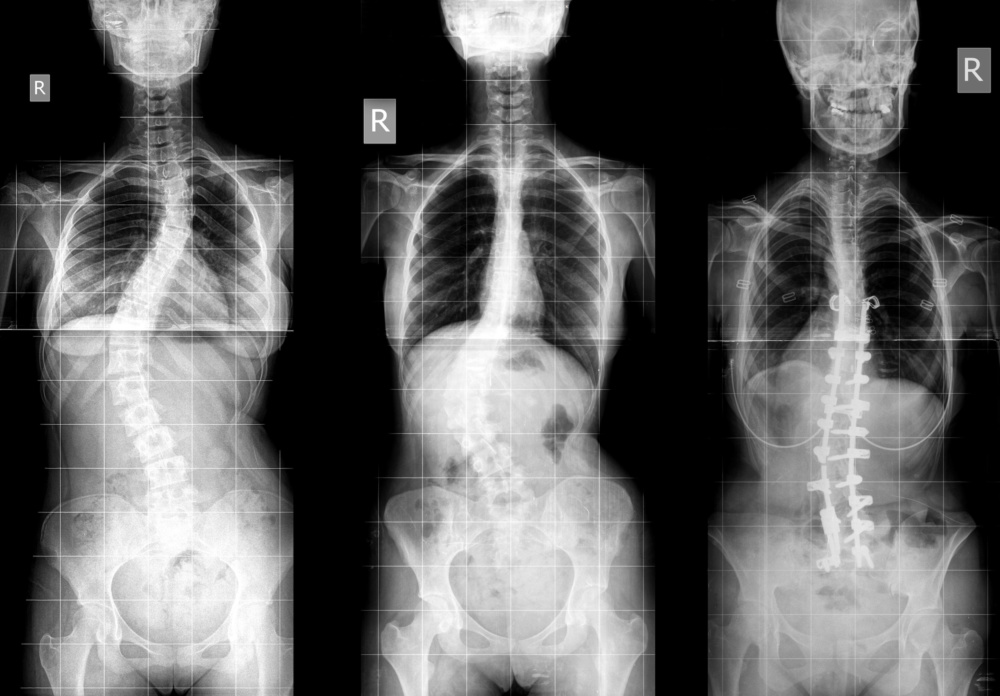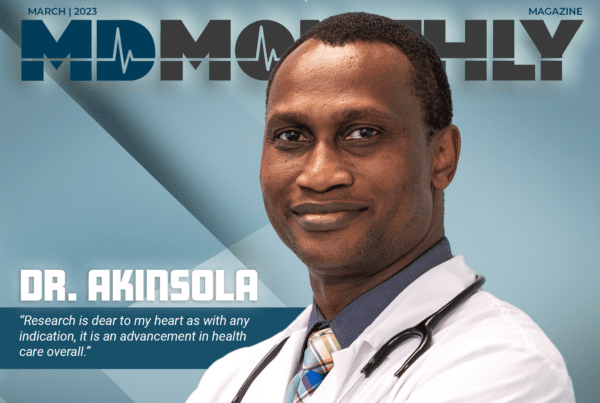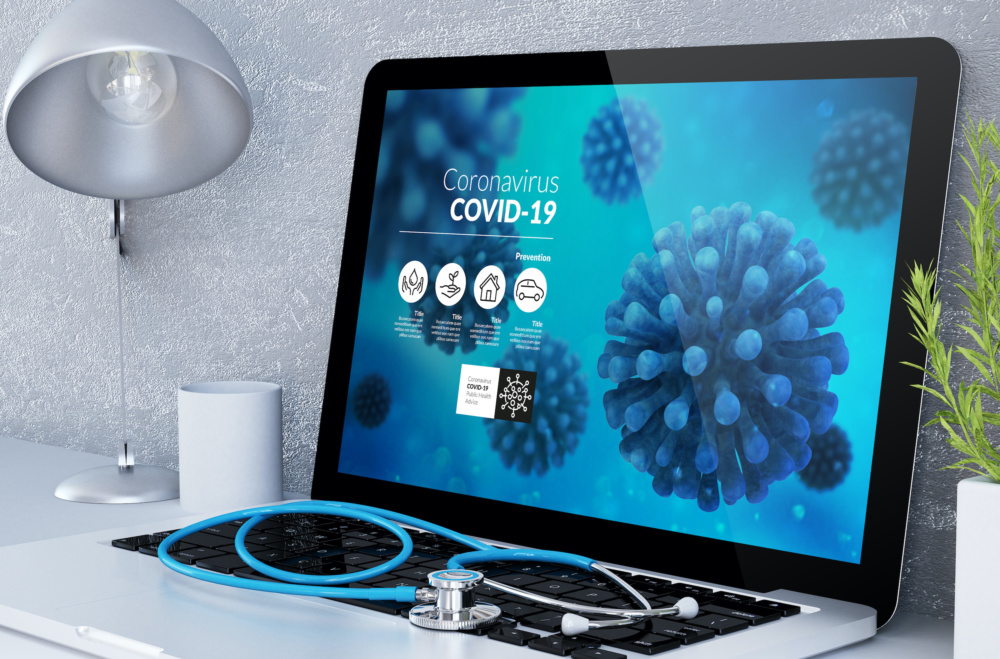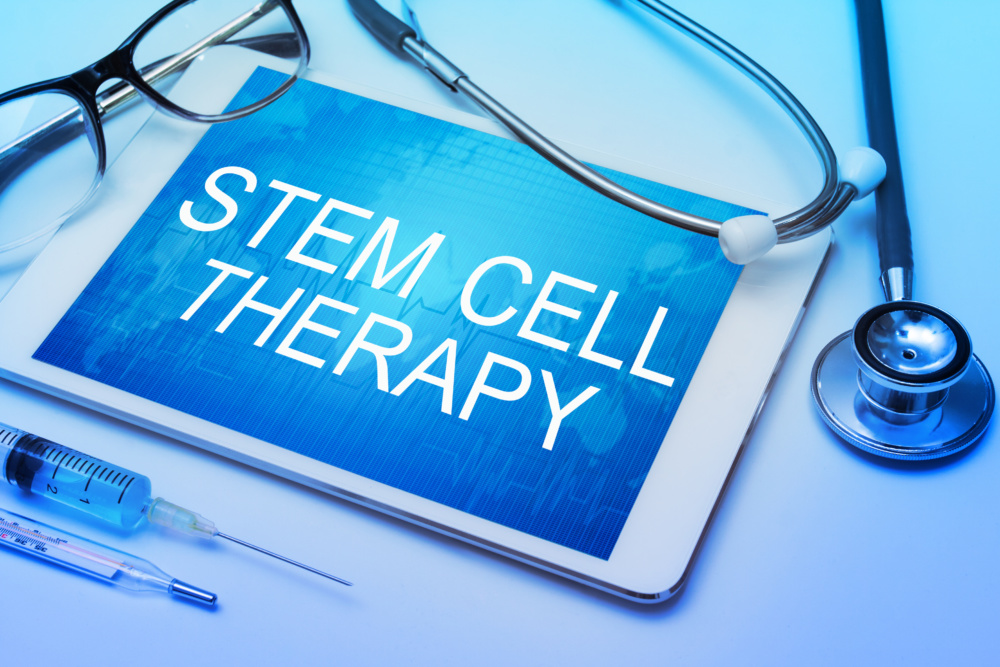By Steven J. Cyr, M.D., F.A.A.O.S.
When looking at the body from the side, the spine has three normal curves. These curves are described by two terms: lordosis and kyphosis. Lordosis describes an inward curvature of the spine when viewed from the side. Kyphosis describes the opposite, or an outward curve. The curve of the spine at the neck and lower back, is the same with regard to the descriptive term applied: lordosis. The mid back, or thoracic spine is kyphotic. An extreme example of a kyphotic thoracic curvature can also be described as a “hunchback”. Scoliosis is a sideways curvature of the spine. It describes the appearance of a spine in which there are curves to the right and left. A scoliotic spine may have both side-to-side curves and front-to-back curves, but usually one set of these curves is more predominant. This is due to a rotation of the spine which occurs in scoliosis. In fact, a common medical term for scoliosis is “rotoscoliosis” because the spine rotates as it curves to the side. Just as there are varying degrees of scoliosis, there are varying degrees of involvement with respect to the body’s internal organs, neuromuscular and musculoskeletal system. Some patients with scoliosis have no symptoms, while other patients may have muscle spasms, nerve pain, and unstable joints.

In Orthopaedics, scoliosis is described or diagnosed by the cause and age of onset. There are three main types of scoliosis: (1) Congenital and Infantile Idiopathic Early Onset Scoliosis, (2) Juvenile and Adolescent Scoliosis, and (3) Neuromuscular Scoliosis. Congenital scoliosis occurs mostly before the age of 2, and can occur from insufficient development or partial fusion of the vertebral column during early development. The spinal column develops simultaneously with other organ systems and in early onset scoliosis, lung development may be compromised. Early onset scoliosis is very rare, with an incidence of 1 or 2 in 10,000 people. Juvenile and adolescent scoliosis is much more common and has an incidence of up to 520 in 10,000 (5.2%). It is categorized by age of onset and can be identified in patients aged 3 to 17. In the condition of Neuromuscular Scoliosis, the muscle is unable to counteract the forces across the spinal column from conditions such as Cerebral Palsy, muscular dystrophy, poliomyelitis, or spinal cord injury.
“Scoliosis is a sideways curvature of the spine. It describes the appearance of a spine in which there are curves to the right and left.”
In a visit to the doctor’s office, x-rays are needed to measure the amount of curve and establish a baseline for future comparison. The x-ray will also help determine the remaining potential for growth of the patient, if adolescent or younger. The remaining growth may contribute to progression of the curve. Based on the measurements taken from x-rays, the doctor will determine the best course of treatment which may include a brace. Time requirements for wearing the different corrective braces can range from full-time, to only at night. If a brace does not work and if the patient is of acceptable age and finished growing, surgical intervention may be considered to correct the spinal curvature. There are also surgical procedures for patients who will continue growing.
Long term, over the course of the lifespan, patients with scoliosis are treated based on their symptoms and diagnostic imaging studies. If the scoliosis is balanced,(head centered over the tailbone) patients may have little physical impairment and some can manage the symptoms with activity modification and exercise. This treatment approach is most desirable. In any patient with scoliosis, routine checkups are recommended on 6-12 month intervals in order to check on symptoms and any progression of the curve.
If you have symptoms or have been diagnosed with Scoliosis, contact our office to schedule a consultation for treatment options. Our uniquely trained team of medical professionals and our spine team has experience in treating all symptoms and conditions of orthopedic, neck, lumbar, thoracic, and sacral spine pain.
Dr. Steven Cyr is a Mayo Clinic trained spine surgeon. The Mayo Clinic has ranked number one for orthopedic and neurosurgical training programs in America for the past 20 years. Dr. Cyr is the President and Founder of The Orthopaedic and Spine Institute Medical Centers in the South Texas Medical Center located at 8401 Datapoint Drive, Suite 700, San Antonio, Texas 78229
Phone: 210 487-7463 WEBSITE







Recent Comments